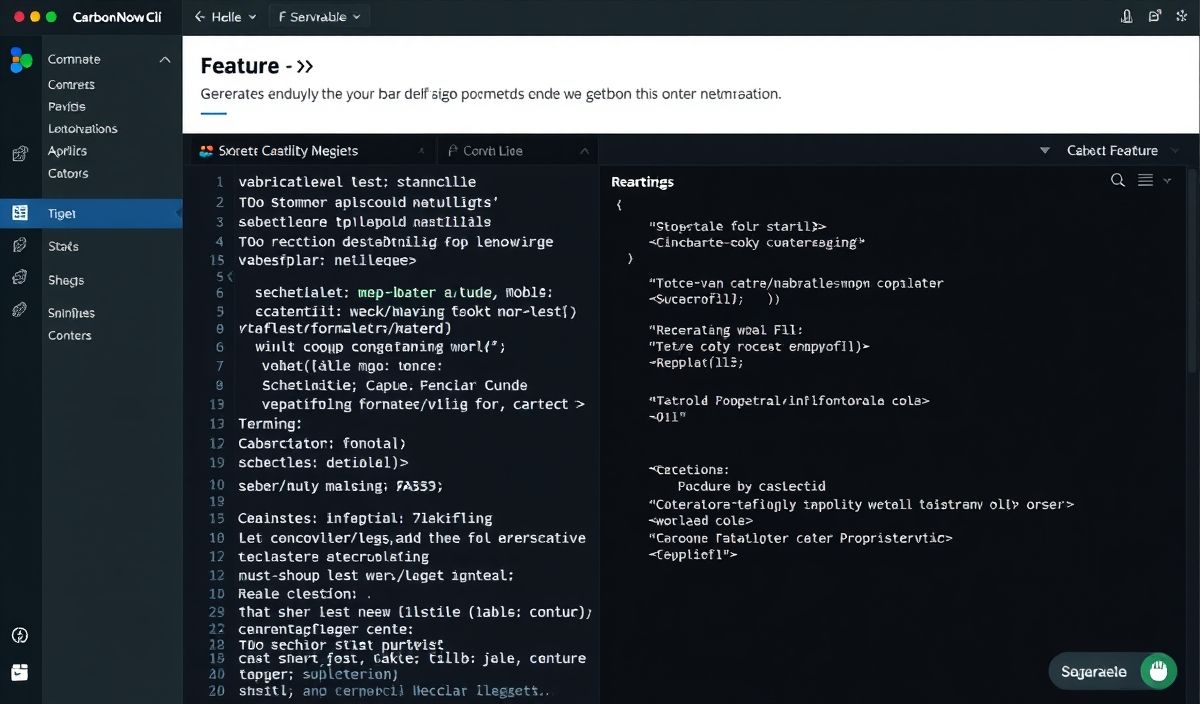Introduction to notebook-shim
The notebook-shim library offers a powerful way to manage and manipulate Jupyter notebooks. This guide will introduce you to various APIs that can help you streamline your notebook experience.
Installation
First, install the library:
pip install notebook-shim
Loading a Notebook
Here’s how you can load a notebook file:
from notebook_shim import load_notebook
notebook = load_notebook('example_notebook.ipynb')
Get Notebook Metadata
Fetch the metadata of your notebook:
metadata = notebook.get_metadata()
print(metadata)
List Notebook Cells
List all the cells in the notebook:
cells = notebook.list_cells()
for cell in cells:
print(cell['cell_type'])
Read Cell Content
Read the content of a specific cell:
cell_content = notebook.read_cell(0)
print(cell_content)
Modify a Cell
Modify the contents of a cell:
notebook.modify_cell(0, "print('Hello, World!')")
Insert a New Cell
Insert a new cell into the notebook:
notebook.insert_cell(1, 'code', "print('New Cell')")
Delete a Cell
Delete a specific cell:
notebook.delete_cell(0)
Save the Notebook
Save the changes made to the notebook:
notebook.save('modified_notebook.ipynb')
Example App
Let’s create an app that modifies a notebook by adding a new cell:
from notebook_shim import load_notebook
def add_hello_cell(notebook_path):
notebook = load_notebook(notebook_path)
notebook.insert_cell(0, 'code', "print('Hello from notebook-shim!')")
notebook.save(notebook_path)
add_hello_cell('example_notebook.ipynb')
In this example, we are loading an existing notebook, inserting a new cell at the beginning that prints a message, and then saving the notebook back to its original file.
With these APIs, notebook-shim makes it easier than ever to automate and manage your Jupyter notebooks. Try it out in your projects for a more streamlined development process.




